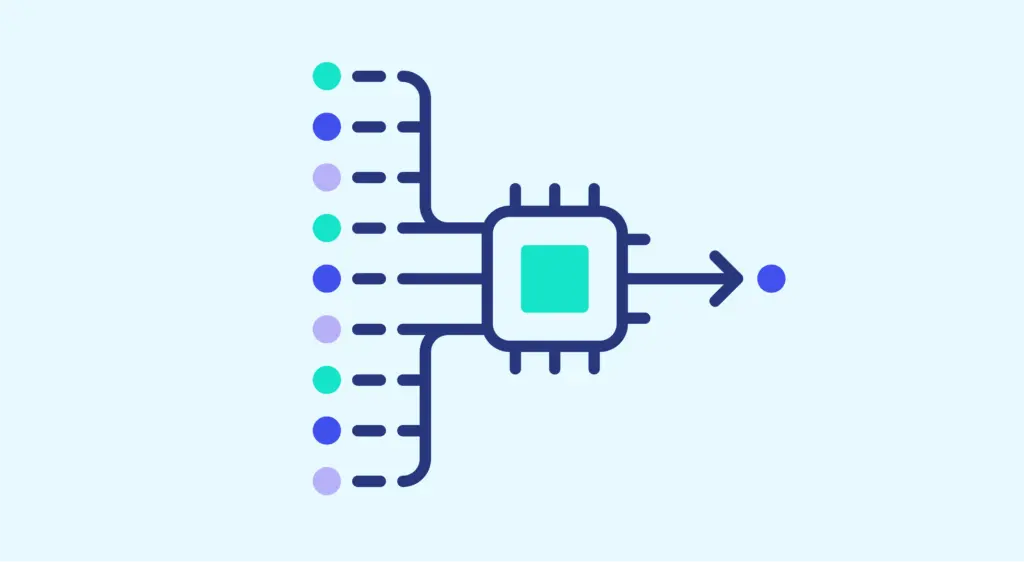The field of Machine Learning includes supervised, unsupervised and semi-supervised learning. If you'd like to know more about Machine Learning, our dossier is just the thing. In this article we'll look at one of the initial stages of Machine Learning: supervised learning.
What is supervised learning? Definition
When learning machine learning, we often start with supervised learning, which is much more accessible.
Supervised learning involves training a machine using labeled data. In other words, data that has already been labeled with the right label (class, continuous value, etc.).
This training on data that already has the “correct answer” enables the machine to subsequently predict the label of new, unlabeled data.
💡Related articles:
| Image Processing |
| Deep Learning – All you need to know |
| Mushroom Recognition |
| Tensor Flow – Google’s ML |
| Dive into ML |
What are supervised learning models?
Several models that can be implemented in the form of algorithms (mathematical then computerized) exist in supervised learning, and differ not only in the way they approach training on the data, but also in the type of label to be predicted (continuous value, class…).
Linear regression is one of the most popular supervised learning techniques for predicting a continuous value.
For example, this model can be used to predict the price of a house, given its size, number of bedrooms and location.
While the model is very good at capturing linear relationships between explanatory variables and the variable to be explained, especially thanks to its variants (version with regularization to avoid overlearning), it remains unable to perform when there are more complex relationships than simple linearity between variables.
In other supervised tasks, such as classification, we can find several models such as those based on decision trees (like RandomForest), variants of regression such as the logistic regression of SVM support vector machines.
Supervised learning is not restricted to these algorithms, even though they represent the state-of-the-art in classical machine learning.
Indeed, Deep Learning based on deep neural networks is also widely used for supervised learning in the context of complex problems such as the classification of unstructured data (image, sound, video), or even to obtain better results on classic Machine Learning problems.
What are the basic steps in supervised learning?
- Data collection and labeling. (A task not necessarily performed by the Data Scientist).
- Data cleaning (missing values, redundancy, unnecessary variables, etc.).
- Data pre-processing (Identification of explanatory variables and target output, separation into training and validation data, data normalization…).
- Instantiation of models according to the problem (regression or classification model, etc.).
- Model training and search for optimal hyperparameters.
- Model validation on test data.
What are the advantages of supervised learning?
- Several problems can be addressed using supervised learning.
- Easy and efficient training of different models using pre-labeled data.
- Labels enable the model to be validated by testing it on labeled data and comparing predicted results with actual outputs.
Conclusion
Supervised learning isn’t perfect, but it remains one of the best ways of solving complex problems in fields ranging from finance to healthcare.
It is fundamental to generating enormous added value on the data we collect, and justifies the interest in obtaining this data.
Would you like to learn more about supervised learning and Machine Learning techniques? Discover our Machine Learning training courses and start learning soon!










